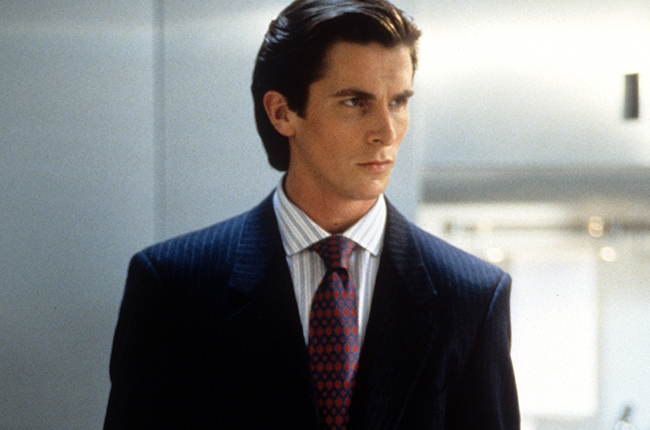Anyone who has ever cursed the complicated installation of a new home appliance, found themselves stuck in crowded, poorly-designed arena or spent hours on the phone with a customer service representative has surely thought: Why isn’t this more efficient? Why can’t this function better? Why iseverything so complicated? RELATED:The job hunt just got easier for college grads
These questions resonated with Athena Ziavras, a graduate student in Human Factors and Information Design at Bentley University. Ziavras remembers noticing medical professionals working with a state-of-the-art machine, and openly admitting confusion. “All of this technology is so much more advanced, but if it’s not usable, then what’s the point?” she says. “You’re making the people adapt to technology, rather than technology to people.” The frustration with recurring, day-to-day inefficiencies sparked Ziavras’ interest in an area of study that many people may not have heard of: Human Factors.
DESIGN FOR HUMANS
“Human factors is really studying people — their abilities, their goals, their limitations, and using that understanding to not only design products, but increase service,” explains Dr. William Gribbons, Program Director of Human Factors and Information Design at Bentley. RELATED:Is workplace bias preventing you from getting ahead? Gribbons helped develop Bentley’s graduate program, which emphasizes an understanding of human behavior. Over the course of the program, students undertake research and pioneer innovative and efficient design. The degree program began in 1999, and current enrollment stands at 135 students. “Our lives have become incredibly complicated,” Gribbons says. “So many things require too much attention, effort, thinking, pain and suffering. It spills over into the business world, where design and experience have become the competitive advantage.” A COMPETITIVE ADVANTAGE
The quest for a competitive advantage is what drew Renee Keith to Bentley’s graduate program. Keith had the opportunity to intern in the school’s User Experience Center, where a team of consultants work with big-name clients from across the globe like Fidelity, Blue Cross Blue Shield, Harvard Medical and Staples.“ Companies realize how much they can save with a better product overall,” Keith says. “Working with someone with human factors knowledge, you can implement the best practices that make something usable.” Gribbons says the Nest Thermostat exemplifies an innovative product improved by taking human factors in account. The motion-activated thermostat learns your temperature preferences, can be controlled from a smart phone and senses when the home is empty, turning the temperature down to save on energy costs. Part of the appeal of studying human factors might be the wide range of career possibilities that students explore after graduation.
“I have students in the program who work in transportation, military applications, healthcare, consumer electronics, games, and people who are interested in architecture and education,” Gribbons explains. “It’s really now being applied to the design of everything.” For Ziavras, the program is all about creating fulfilling experiences during a period of innovation. “Ten, fifteen, or twenty years ago, it was, ‘Who can create the latest technology?’ But now that all of that is so common, user experience is what puts you above.”
The human factor: why technology should adapt to people, not the other way around

iStock























